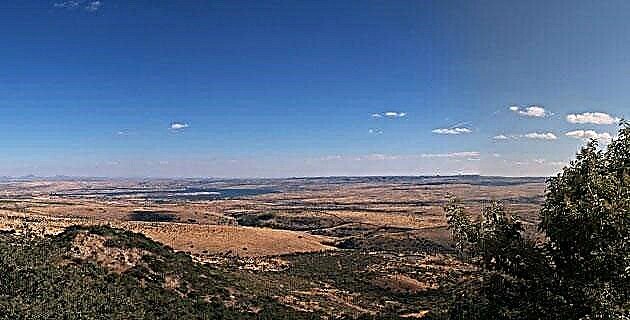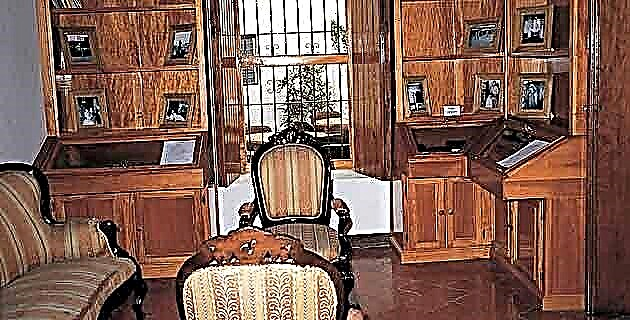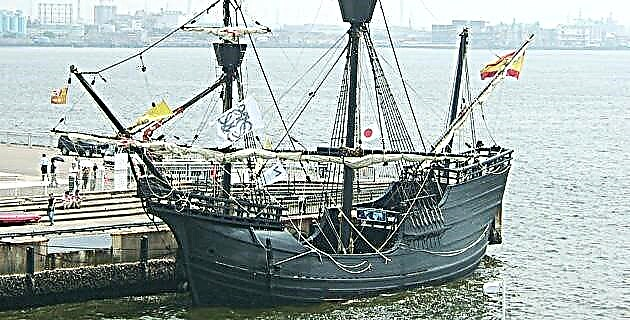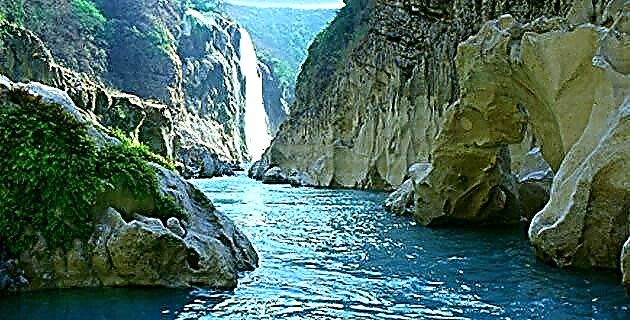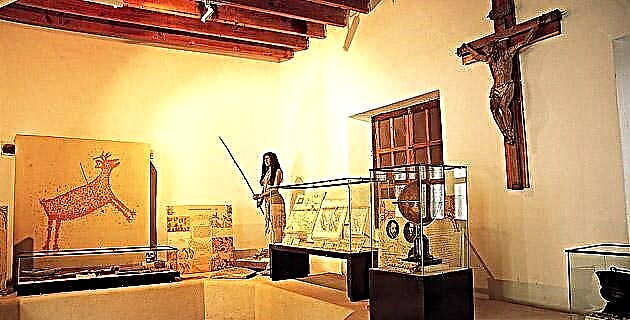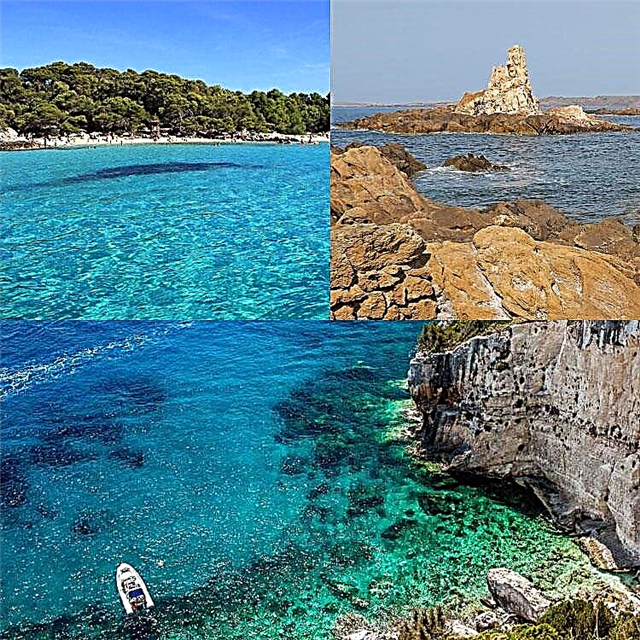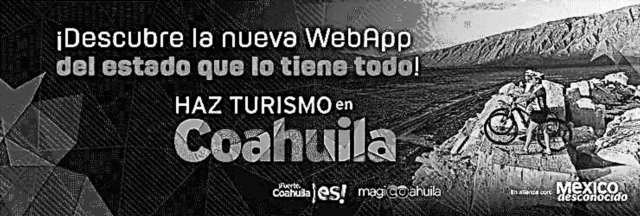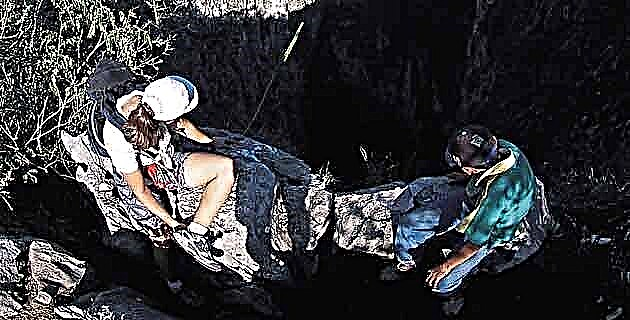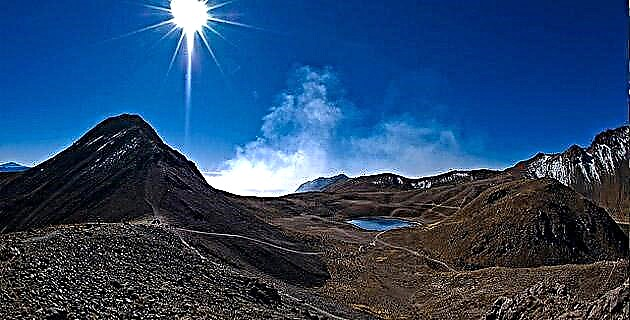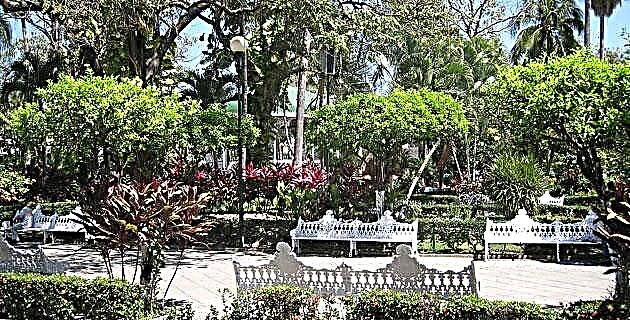
Founded on January 20, 1527 with the name of Villa de San Sebastián de Colima, the current capital city of the state is one of the oldest New Spanish towns, which despite its age, has the stamp of a young woman in fullness.
As the last mayor of the province, Captain Miguel José Pérez Ponce de León, would have said two hundred years ago, it is not for nothing that Colima was born and raised in the valley “more lucid and with a more benign temperament than any other in this world”.
Watered by the Colima and Chiquito rivers and the Pereyra and Manrique streams, the town was born between cocoa and coconut orchards - hence it is called the city of palm trees - which as it grew were integrated into the urban landscape to endow it with the remarkable trees that adorn it, while tempering its tropical hot flashes. There is no house with a patio and corridor without the respective transcorral shaded by a mango, a sapote or a centennial tamarind, nor an old street that is not lined with orange trees, or a median of a new avenue without springs, ready to offer each year the show of portentous yellows. Colima is a green city, and a visit to its parks and public gardens helps to learn about its history.
As old as the city itself is the Jardín Libertad, which was previously the Plaza de Armas that served as the starting point for the layout of the original town. The cathedral and the government palace surround it to the east, occupying the same site since they were parish and royal houses; to the south, the Morelos portal houses the Regional Museum of History; to the west the Hidalgo portal and to the north the Medellín portal, an example of the so-called tropical neo-Gothic architecture, peculiar and typical of the region. On Thursday and Sunday nights the State Music Band invites you to dance around the kiosk, and to refresh yourself with a pomegranate punch in the portals cafes. Behind the cathedral is the old Plazuela del Comercio, which today, converted into a garden, bears the name of an illustrious teacher from Colima: Gregorio Torres Quintero. The jet of water from its quarry fountain extinguishes the echo of the executions that took place there during the Cristiada.
Two streets north of the cathedral stands the Beaterio, or temple of San Felipe de Jesús, protective saint of Colima against earthquakes, and on its north side the Plazuela del Libertador, dedicated to the most famous of its parish priests, Don Miguel Hidalgo and Costilla, who settled in Colima in 1772. In front of this square are the bishopric building and the Alfonso Michel Pinacoteca, of the University of Colima, which offer the opportunity to admire good examples of nineteenth-century civil architecture and at the same time a magnificent collection of Mexican painting. The east of the city is dominated by the Jardín Núñez, formerly Plaza Nueva, which in the first decades of the century was the headquarters of the Colima Fair and the first rental car site. In front of it are the Federal Palace and the old temple of La Merced. Three streets to the south is one of the most welcoming gardens in the city, La Concordia, where the bullring once stood, later a sports field and, finally, the headquarters of the former School of Arts and Crafts, building Porfirian which today houses the State Historical Archive.
Continuing in the same direction, a few more streets and you arrive at Parque Hidalgo, originally Paseo del Progreso, created at the end of the last century on the occasion of the arrival of the railroad, and with the noble purpose, typical of the Enlightenment era, of Being a botanical garden dedicated to regional flora, that is why there it is possible to enjoy a great diversity of centenary and distinctive trees and palms of the region. To the west of the city there are two other gardens of special interest, that of San José, also called "el charco de la higuera", in memory of the fact that there existed, at the foot of a majestic fig tree, a spring from which the old water carriers, those made of donkeys and pitchers, were stocked to deliver the “drinking water” to the home. The other is the Garden of San Francisco de Almoloyan, where you can admire the ruins of the old Franciscan convent whose construction began in 1554.
These are the old gardens, but they are not the only ones, since the Regional Park, a few blocks south of the Libertad Garden, the valley of the Colima River, which crosses the city, and the Pedro A. Galván road, are also to be admired for its trees. lined with parotas and sabinos who know the happiest and saddest stories of Colima, as they served as a hiding place for the bandits who attacked Manzanillo on the Camino Real, and from its branches hung the remains of more than one executed, but also, up to just a few years ago, they were the scene of the traditional “flower battles”, with which the colimotes celebrated the arrival of spring.
Colima is a forest that keeps the city within itself. If you don't believe it, you have to see it from the nearby hill La Cumbre, or from the Loma de Fátima, and thus you will be able to verify that only the bell towers of its temples and the occasional tower are visible among the greenery of its unique urban landscape. .

